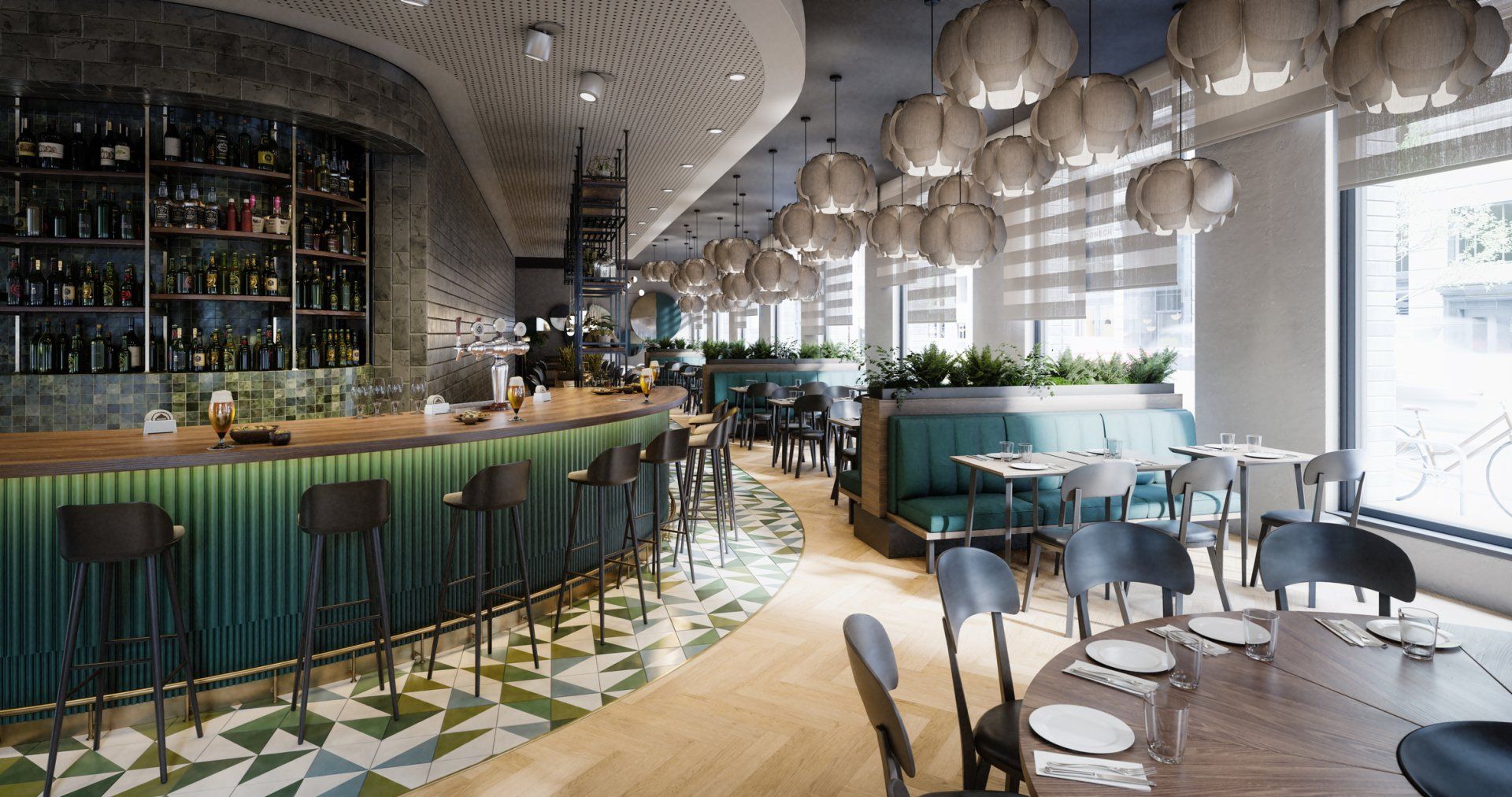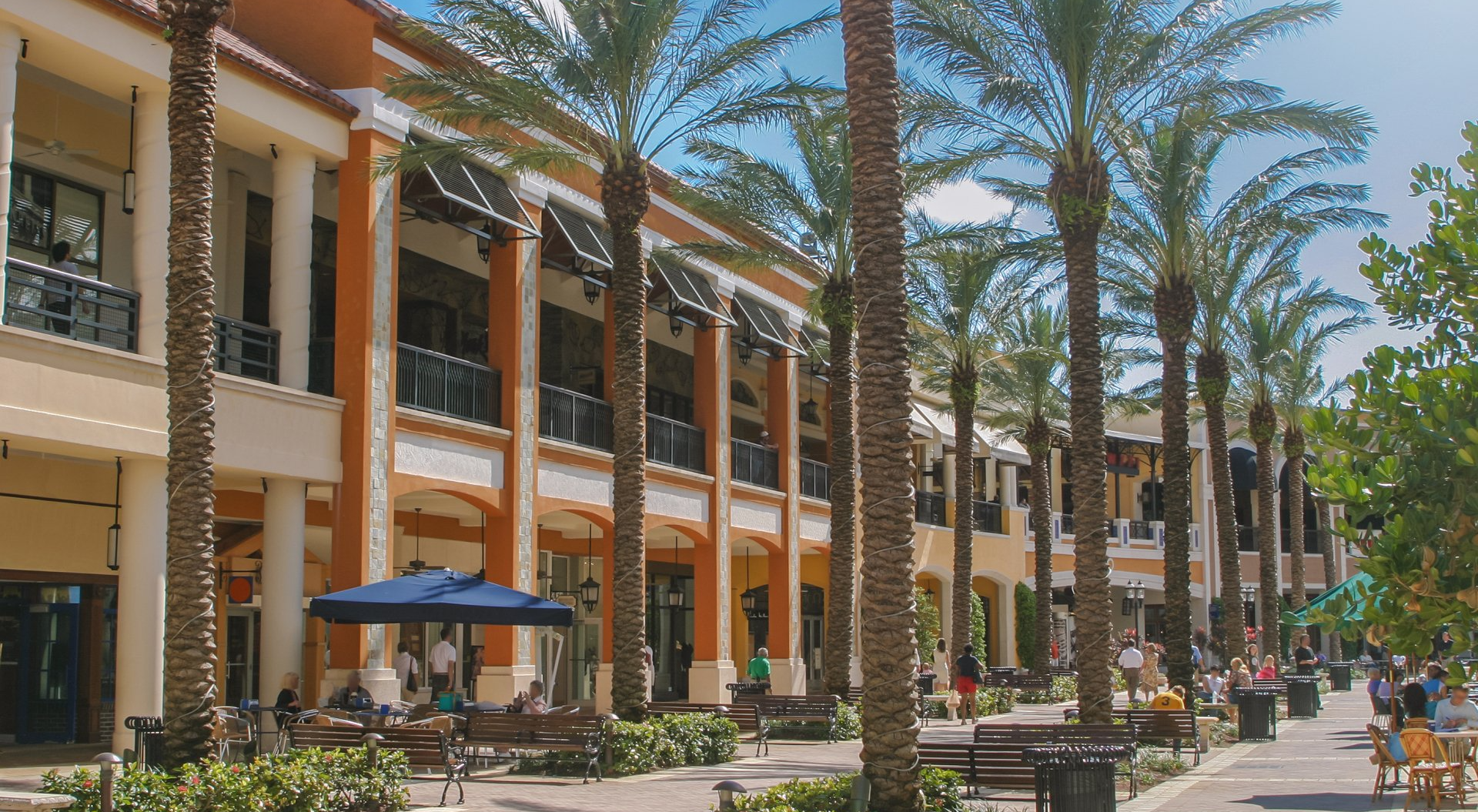Cost Segregation Tax Law
How Cost Segregation Works
Typically, a building’s basis or cost, excluding land, is depreciated over 27.5- or 39- years, which is known as the straight-line method. This method is the default position of most tax professionals. However, there is an alternative called cost segregation, which takes the parts and pieces or components of the building and separates them. Each component is depreciated on its individual useful life instead of taking all the assets and depreciating it under the structure of the building.
Cost segregation is the process of analyzing and identifying 1245 personal property and 1250 real property. The 1245 property that is eligible for shorter class lives is then depreciated separately from the building structure. Moving assets into a shorter class life will create a large depreciation expense, which reduces income, thus reducing income taxes. This provides a significant tax benefit for the taxpayer.
5- & 7-Year Property
- Interior doors, moveable wall partitions
- Decorative building elements, wall coverings
- Special electrical, plumbing and mechanical
- Carpet, flooring, decorative molding
- Built in cabinets and counter tops
- Security, decorative and special lighting
- Window treatments and coverings
- Communications, cable
- Kitchen fixtures, refrigeration equipment
15-Year Property
- Paving
- Fencing
- Site utilities
- Parking lot
- Signage
- Sidewalks
- Irrigation
- Landscaping/Hardscaping
Fill out below for a Free Estimate:







